So you have a dog who barks a lot, and heck, it’s draining some days!
Barking and volume is one of the most complained about behaviours from our dogs, and understandably so!
But, it’s really important that first, we understand that you have a dog, they’re going to bark sometimes (unless you have a basenji, in which case, they’ll yodel haha). Barking is a natural way for dogs to communicate, but sometimes your pup may bark for extended periods of time or for seemingly no reason. Excessive or nuisance barking like this can be frustrating for pet parents, as well as neighbors.
To curb excessive barking, your first instinct may be to yell at your dog or to punish them for being noisy. Punishment, however, only contributes to the issue. Yelling or using aversive methods like shock collars (or anti-bark collars) only causes your dog to be more stressed—It doesn’t address the underlying cause of their excessive barking.
Instead of punishing your dog, read on to learn 5 methods you can use to stop your dog from excessive barking.
Note: If your neighbours are complaining about barking when you’re not home, then please ensure the first thing you do is get a camera and verify that this is actually happening!
Are They Bred For Their Bark?
Their breed and their normal disposition is going to help you identify why they’re barking. For example, my coonhounds are going to bark for different reasons to a great pyrenees, and again, it might be different to a pomeranian.
Dogs who are very likely to bark;
- Husky
- Alaskan Klee Kai
- Great Pyrenees
- Pomeranian
- Most terriers
- Chihuahuas
- Bloodhounds
- Coonhounds
- Beagles
- Basset hounds
- Daschund
- Keeshond
- Fox hound
- Harrier
- American Eskimo Dog
- Schnauzer
- Samoyed
- Alaskan Malamute
- German Shepherd
- Viszla
- Shiba inu
- Australian shepherd
Breed may not be everything, and breeding is important too (talkative parents can absolutely make talkative puppies!), but knowing what your dog might be antagonised by? Is going to be a great foundation for your next step.
Barking Is Communication
Barking, howling, baying, yipping, growling and grumbling are all within the vocal range of the domestic dog, depending on breed. But they don’t all mean the same thing. Each noise your dog makes is a way of communicating.
What’s The Trigger?
Before you can figure out how to stop your dog’s barking, you need to understand the underlying cause, this is usually called a “trigger”. Dogs use barking as a communication tool, so the first step is deciphering what your pup is trying to communicate.
Some dogs bark out of fear, typically referred to as alarm barking. This can be a result of any sound or sight that triggers anxiety, from people walking by the window to the sound of the doorbell.
Your dog may also feel territorial (which can be understood as a fear for your dog’s own safety) and alert you to the perceived threat. This barking is typically triggered by a stranger, animal or viehical coming to your home or to the boundaries of their home.
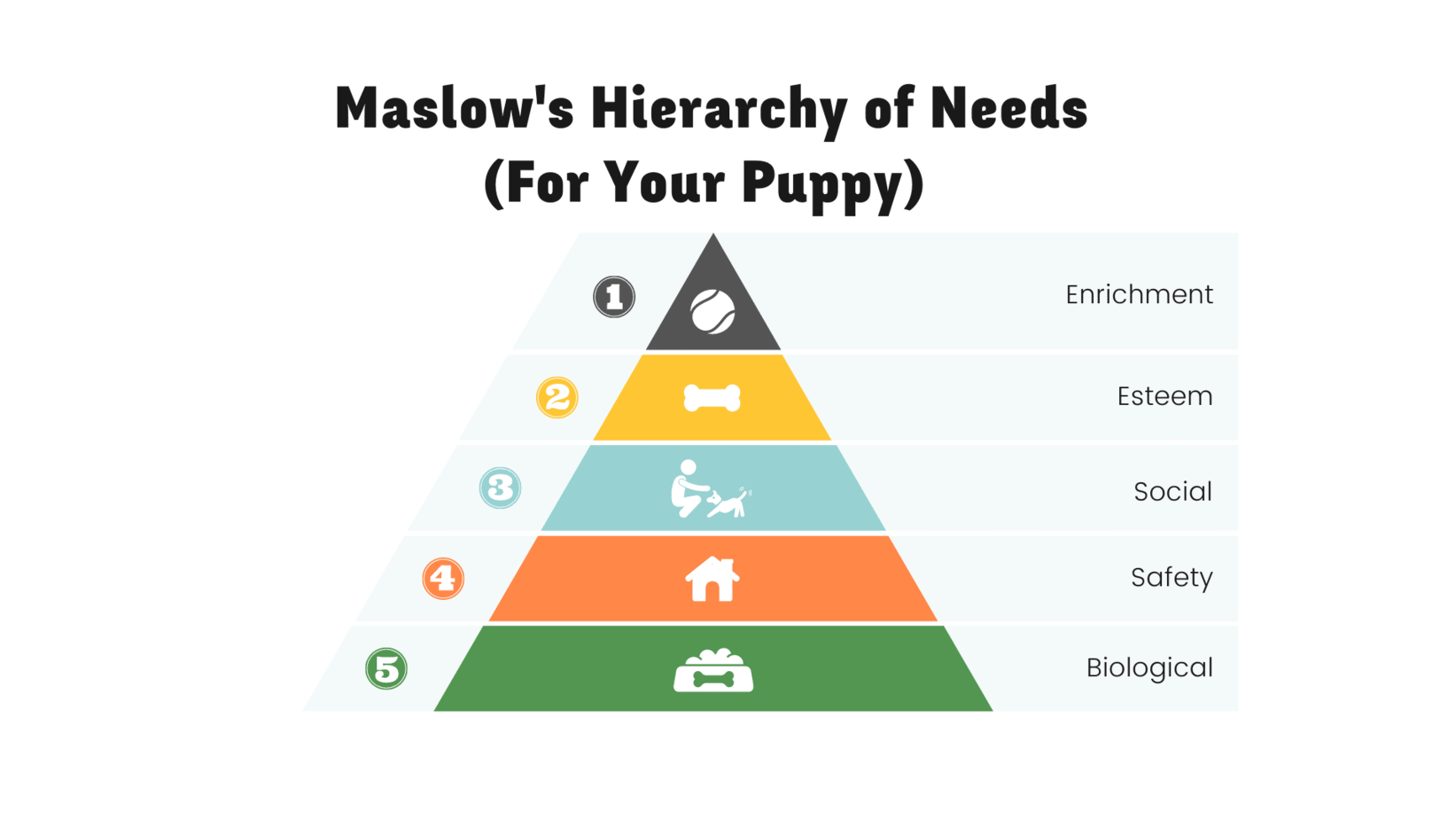
Because barking is used for communication, your dog could simply be communicating that they need something that they’re not getting, whether that’s to go outside or for you to fill their water dish.
Other common causes of excessive barking in dogs include:
- At a trigger
- Boredom
- Anxiety
- Separation anxiety
- Frustration
- Health-related issues, like pain or cognitive dysfunction
- Territorial barking (e.g. fence fighting)
A Note About Anxious Barking
Some dogs may require the assistance of medication, as medical conditions can exacerbate your dogs anxiety, or they just may not produce enough seratonin, or be poorly bred, or even be suffering with canine cognitive dysfunction – all of which appropriate medication may help with.
So, if your dog is getting a lot of the things on this list\ already? It might be time to go visit a vet, a qualified dog trainer or a behaviourist.

1 – Sensory restriction.
Taking away the option or the sight or sound of the trigger can really help. And sometimes? The simple option is the best option.
If you’re anything like me, then you have ‘prey’ animals dancing around your yard and all your dogs are all prey driven! So any time a squirrel takes a prance over the patio, then your dogs begin their barking. And inevitably, that’s always when everyone was settled and calm, and presto, chaos.
Something I’ve done is grab some “frosting” film from amazon, and put it over my patio windows to create a visual barrier. It was really easy to install, and yes, I’ve lost a little view? But I’ve gained a lot of peace.
If people or animals regularly walk by your windows, consider adding curtains, blinds, frosting, shades, or shutters to block your dog’s view of the distractions.
Then, if your source of barking is a loud noise. Whether it’s your neighbour starting their car, a delivery person arriving, or the sound of your gate, a good idea may be as simple as moving what room your dog is in, or you may choose something like white noise, or classical (or reggae) music to distract your dog and soften the sounds.
Remember: You can also use this as an interim solution to create a ‘break’ from their usual habit of barking, and with a break and a little training? Sometimes you can phase this out entirely!
2 – Desensitise the trigger
If your dogs trigger is a fairly predictable one, then it’s something you can practice and take the power away from, and redirect your dog’s behavior to another, more desirable behavior.
Whether it’s someone at your gate, people walking past your window, the noise of a doorbell ringing, or similar, you can absolutely begin a desensitisation process (which falls under positive reinforcement, if you’re wondering!).
Grab a leash, grab some delicious treats (or a favourite toy!), sit far away from the ‘source’ of the issue (e.g. the gate) but with a clear visual/audio, and every time you start seeing someone coming, I want you to reward your dog for being relaxed
As time goes by and your dog begins to look for you for their reward when the ‘trigger’ occurs? Then you can start decreasing the distance to the problem. Then phase in a little more freedom, and eventually phase out the tasty treats!
This does take a little time and practice, but it’s entirely doable.
Oh and remember to keep your training sessions short, or your barking dog might just get frustrated.
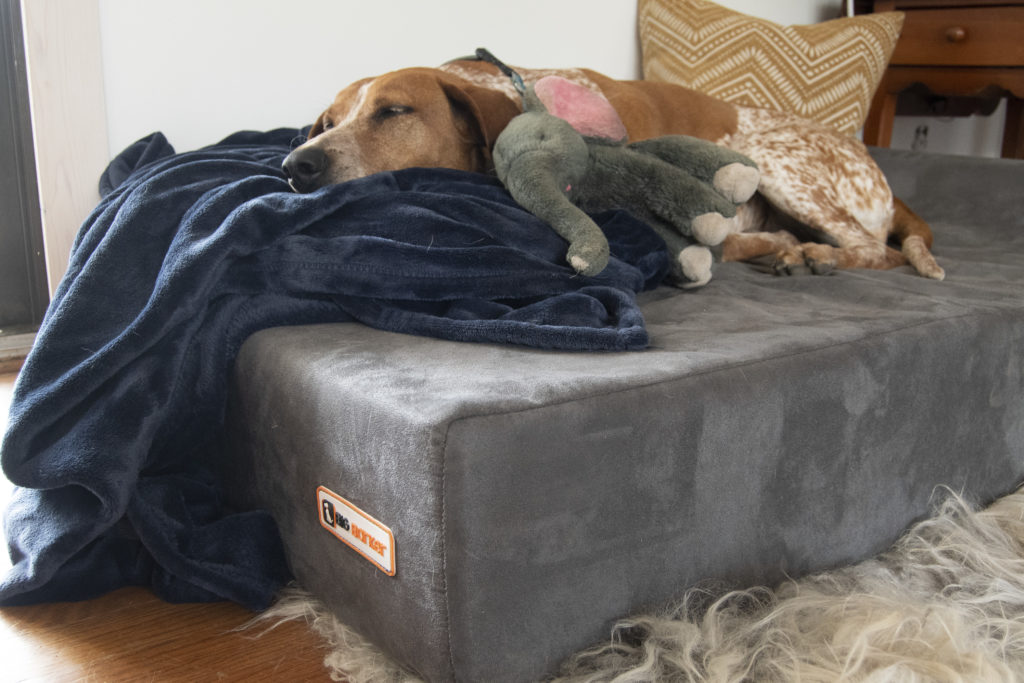
3 – Ensure Proper Sleep & Downtime
A dog who is under slept? Is more likely to bark their little heads off and worse, not to listen when you redirect them.
So, make sure that your dog is getting plenty of down time and rest according to their age. For numbers, an adult dog needs 14-16 hours a day, and puppies and older dogs will require up to 20 hours a day.
If your dog can get this amount of sleep, then they’re less likely to be (what I would call) “Strung out”, and more anxious than required, these dogs are much like an overtired child, and will act in a much more empassioned, obsessive or sometimes senseless manner. If this sounds like your dog, you can read more about overtiredness in dogs.
This can also happen at the dog park! An overstimulated dog can get into a “hyper” style barking.

4 – Increase Mental Stimulation
If your dog is barking out of boredom or not, providing more mental exercise can help challenge their brain and ease their frustration and increase their overall happiness! Afterall, a tired dog needs both physical and mental stimulation, and mental stimulation is often overlooked. This is often referred to as “Enrichment”.
There are tons of great ways to incorporate more mental enrichment into your dog’s day. If your dog gets bored while you’re away at work, you can leave them with puzzle toys, like food stuffed Kongs or interactive toys!
Not only will your dog need to work hard to get all of the food from inside the Kong which helps tire your pup out, but licking is a naturally calming behavior. For an added challenge, you can also freeze the Kongs.
Beyond puzzle toys, you can also set aside more time in the day to play brain games with your dog. Nose work games like hide-and-seek challenge your dog to problem solve and use their nose, both of which burn off lots of energy.
Trick training is also a great way to stimulate your dog’s brain. Teaching your dog new tricks also helps to boost their confidence, which can help with their overall fear and anxiety.

5 – What About More Exercise?
If your dog is a high-energy or working breed, they may need more exercise to feel satisfied throughout the day. While mental stimulation can help burn off excess energy and tire out your pup, it’s not a replacement for the physical exercise that your dog needs every day.
Consider adding another long walk into your day or upping the intensity of the walk to get your dog moving. You might also want to consider changing the type of exercise your dog gets. Other examples might be;
- Swimming
- Running (e.g. canicross!)
- Walking with a backpack
- Changing your route to a more hilly route
- Take regular hikes!
If time is a factor, bringing your dog to daycare or hiring a regular dog walker might give you a phenomenal opportunity to give your dog that extra exercise they may need. (Though, please do be careful who you hire and not to create overtiredness in your dog)
6 – Train Alternative Behaviors
If barking is your dog’s instant response when they hear or see something near your home, teach your dog an alternative behavior to do instead of bark – this is called redirection!
The behavior you choose may differ depending on your dog’s triggers, but it’s helpful if the new behavior is incompatible with barking. For example, if your dog barks when the doorbell rings, teach them to instead lay down on a bed on the far side of the room, or even go in another room entirely.
To do this, you’ll need high value treats and a way to simulate your dog’s trigger. When you perform the trigger, like ringing the doorbell for example, distract your dog with the high value treat and lure them into whatever behavior you’d like them to do instead. Reward them when they perform the behavior.
For example with a doorbell, the normal pattern is;
Doorbell rings, dog barks
We change that to a cue;
doorbell rings, dog goes to bed, lays down and waits until a guest comes in.
You may elect to use management tools here, like a playpen or a leash in order to achieve this, and make sure that we give plenty of praise and high value rewards when your dog gets it right, and remember take it in stages. You won’t fix it immediately.
Practice this interaction many times until your dog can reliably perform the new behavior when they see or hear the trigger.
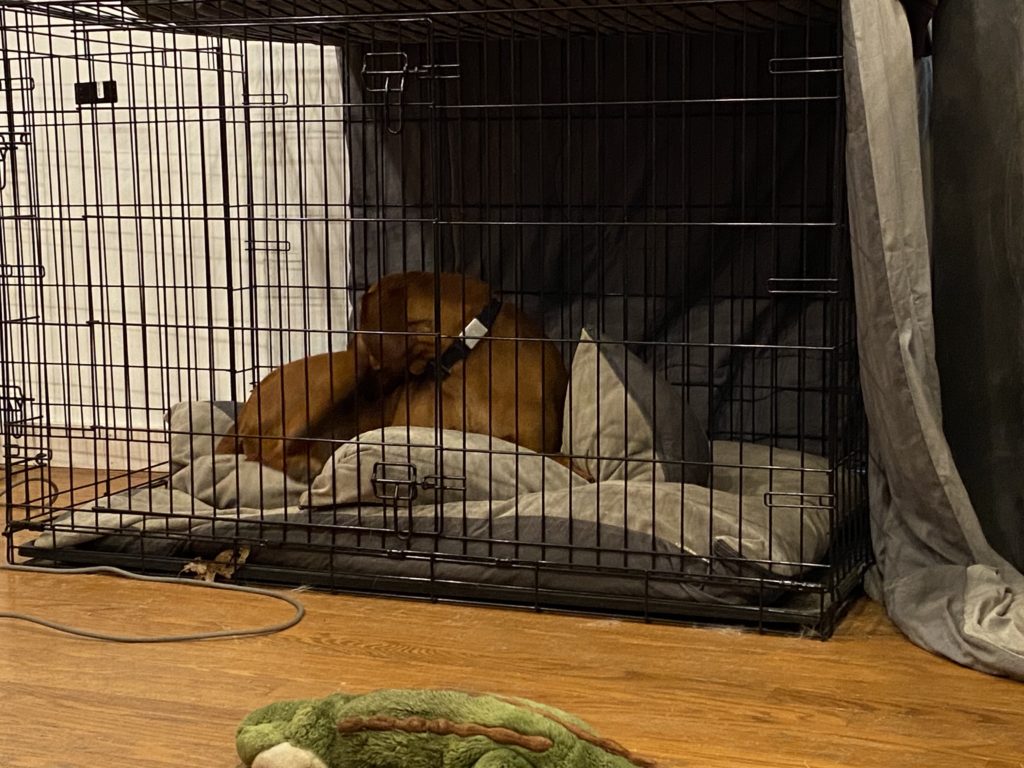
7 – Reward Quiet Behavior
If your dog is barking for attention or to communicate a need with you, it’s likely that somewhere along the line, you reinforced that barking gets your dog what they want. They may have barked to be let outside and you opened the door or barked for water and you filled the dish.
Now, you have to teach your dog that quiet behavior gets them what they want, not barking. To do this, you need to ignore your dog’s barking completely. Don’t look at your dog or say anything to them while they’re barking. Then, the second they’re quiet, reward them for good behavior.
Over time, as you practice this behavior, your dog will associate being quiet with being rewarded. You can even add a command (like “quiet”) to the behavior during training to help curb the barking when it starts.
Be Your Dog’s Best Advocate to Stop Excessive Barking
The most important thing you can do as a pet parent is to be your dog’s advocate. Do your best to understand and communicate with your dog, even when their behavior is frustrating.
The Quiet Command
The Quiet command is something you can teach, but, teaching a dog to not do something is much harder than teaching them to do something. Personally, I avoid this as a trainer, because usually it just makes you and your dog really frustrated.

Learn Your Dogs Barks
The last thing that I can advise you is this.
Just like words, your dog has different barks, different tones, and they have different meaning – there will be a different type of barking for different things. Whilst it’s hard to tell you which bark means what because all of our dogs are very different, with observation you can start to figure it out.
For example, my coonhounds? Have a unique snake alert howl. I hadn’t realised it until the pattern emerged. They also each have a summoning to hunt howl. There’s sassy howls that say “I want a thing”! Or the happy bark of “oh my Dog, you’re home!”
I encourage you to learn these barks because each one will require a different approach, and hand you the key to your quiet, happy dog.
A Barking Dog Isn’t Always A Bad Thing
For me, personally, there is a certain amount of barking that I will let happen. I will let Indie give alert barking – because I spend a lot of time at home on my own, and Indie is a deterrent if anyone were to try something, and the hounds? I have to let them howl because it’s part of who they are. Coonhounds are loud! And doing so would be denying them a biological need.
Instead? I’ve worked to train the hounds that they can howl outside and managed their noise in other instances.
Regardless, it’s something you can work on. And if it’s a pain? You can do it!
If you want help getting your dog through their nuisance barking, get in touch!

Author, Ali Smith
Ali Smith is a professional, qualified, and multi-award winning trainer is the founder of rebarkable. She has always believed animals deserve kindness and champions force free methods. Believing that dog guardians will all choose the kindest options if proper information is provided, she aims to help all dog guardians who need it and make dog training as accessible as possible
Ali lives win Maryland, US with her husband and her three dogs.

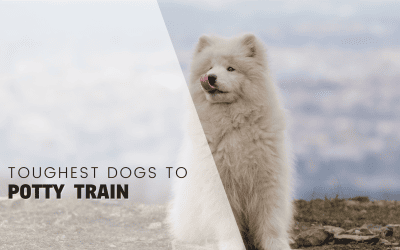



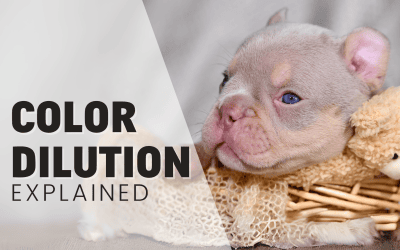
0 Comments